_____________________________________________
Slide 2: Bronze Age Peoples
____________________________________________________
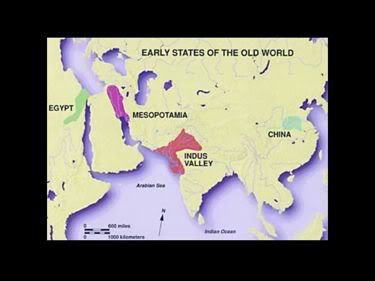
Horizontal ground loom depicted on a bowl, ca 4,000 BC (below)
___________________________________________
Slide 5
Model of a weaver’s workshop from Egyptian tomb. The women are spinning, plying, warping and weaving on a horizontal loom. 2,000 BC. First pyramids were built c. 2681-2662 BC
______________________________________
Slide 6
1991-1786 BC depiction of Egyptian Aamu people.
A funerary tunic of Tutankhamun (1333-1323 BC)
Evidence of weaving technique-decoration of a Attic Greek lekythos 560BC
Warp weighted loom depicted on a skphos, Greece, 4th century BC
A fragment of Greek linen, woven, c. 400 BC. Fabric embroidered in a diamond pattern inset with lions.
_______________________________________
Slide 12
Female costume from Denmark-early Bronze age c. 1500 BC.Basic shape, shirt has elaborate embroidery around the neck. This corded skirt has parallels with bronze figurines. Skirts with bronze tubing made a merry tinkling sound.
____________________________________
Slide 13
Detail of fine sewing on Huldremose woman’s cloak, peplos-like dress found near Huldremose woman, and reconstruction of other clothes found on or with bog mummies, 400 BC-340 AD.
Central Europe
Hallstatt culture: c. 700-500 BC
Watercolours of textiles from C19 excavations
_____________________________________
Slide 15
Southern Europe Silk and wool embroidery on hemp from southern Macedonia, were dyed in madder for red, carmine acid for scarlet and indigo/woad for blue/black and if mixed with yellow-green. Colour and pattern represents tastes that can be traced back to at least 400 BC.
__________________________________________________
Slide 17
Precolombian cotton fabric exhibiting different patterns and weaves.
Detail of a fragment of Paracas fabric of Camelid fibre from the south coast of Peru, ca. 400-100 BC The humanoid figures are embroidered in cross knit looping.
____________________________________________
Slide 18
Detail of a Oaxacan pozahuanco illustrates the brilliance of murex purple.Cotton woven on a back strap loom. Also, indigo and insect-red cochineal. Used occasionally on animal fibres in 1BC then important cotton dye after C1500 AD.
___________________________________________
Slide 19
Bright plumage secured with a cotton stitch. Peruvian Nazca 200BC -200 AD.
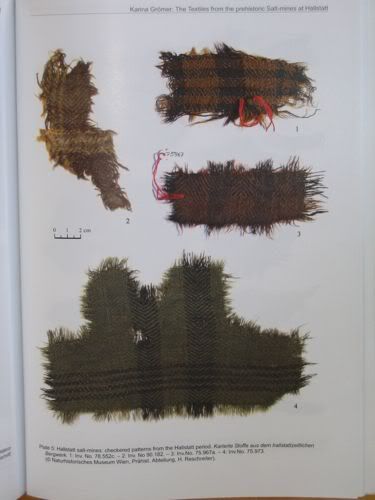
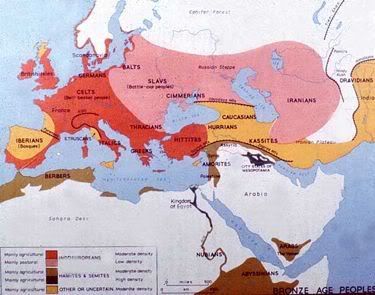
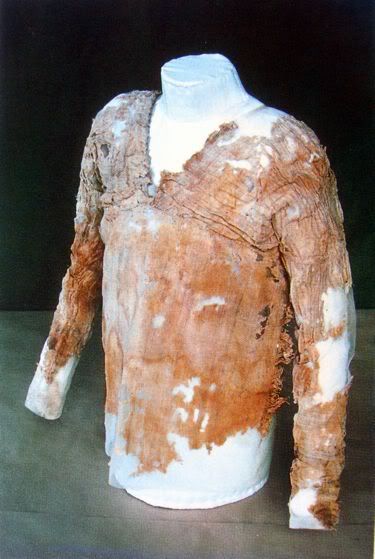

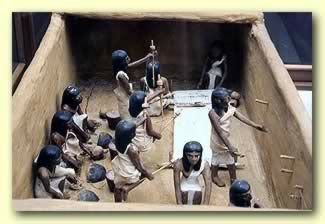

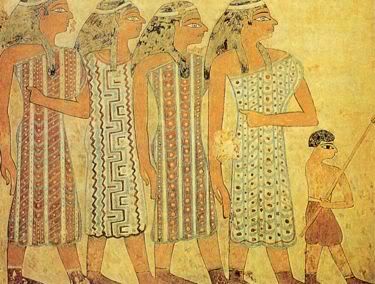

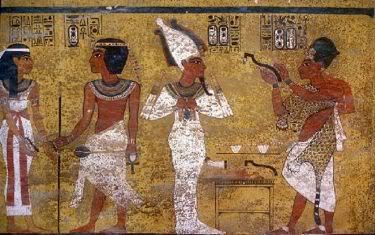

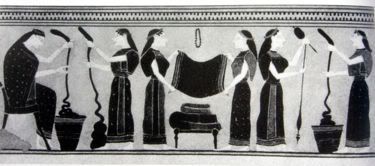
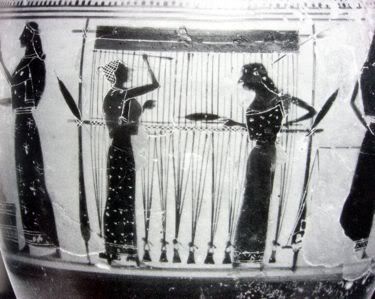
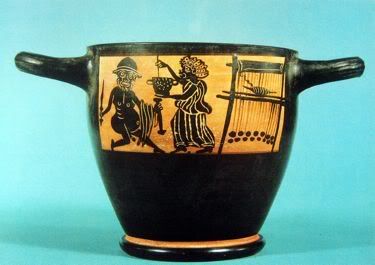
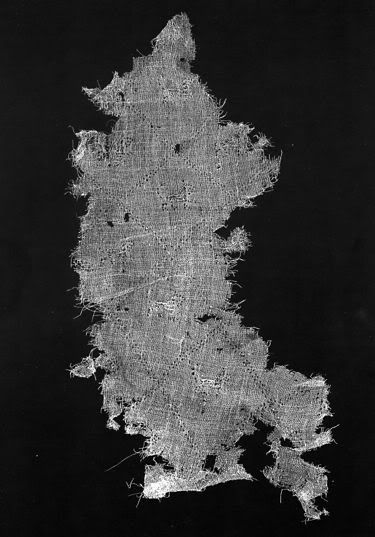
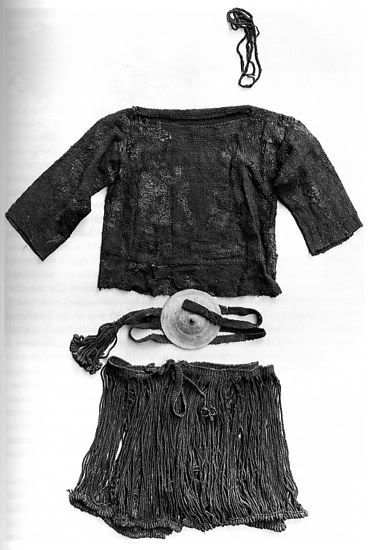
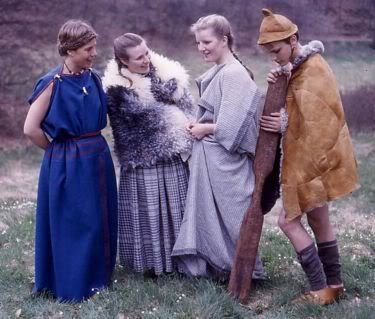
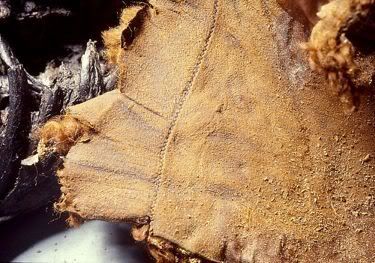

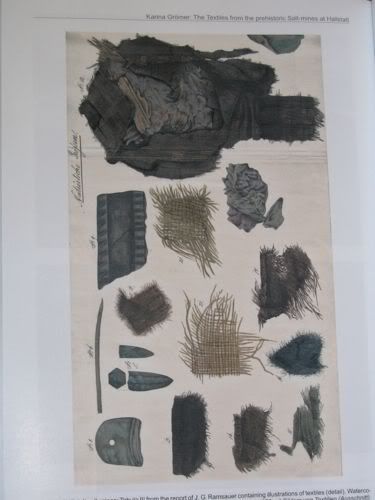
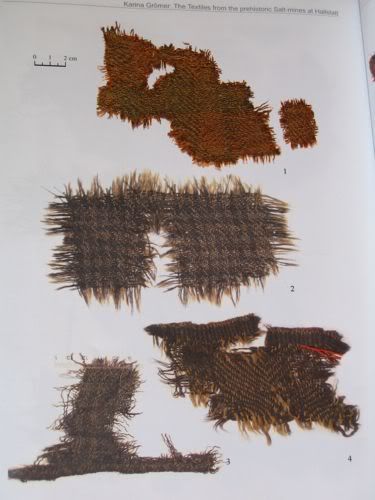




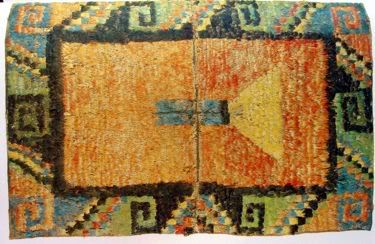
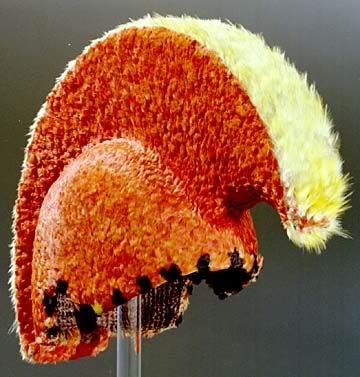
No comments:
Post a Comment